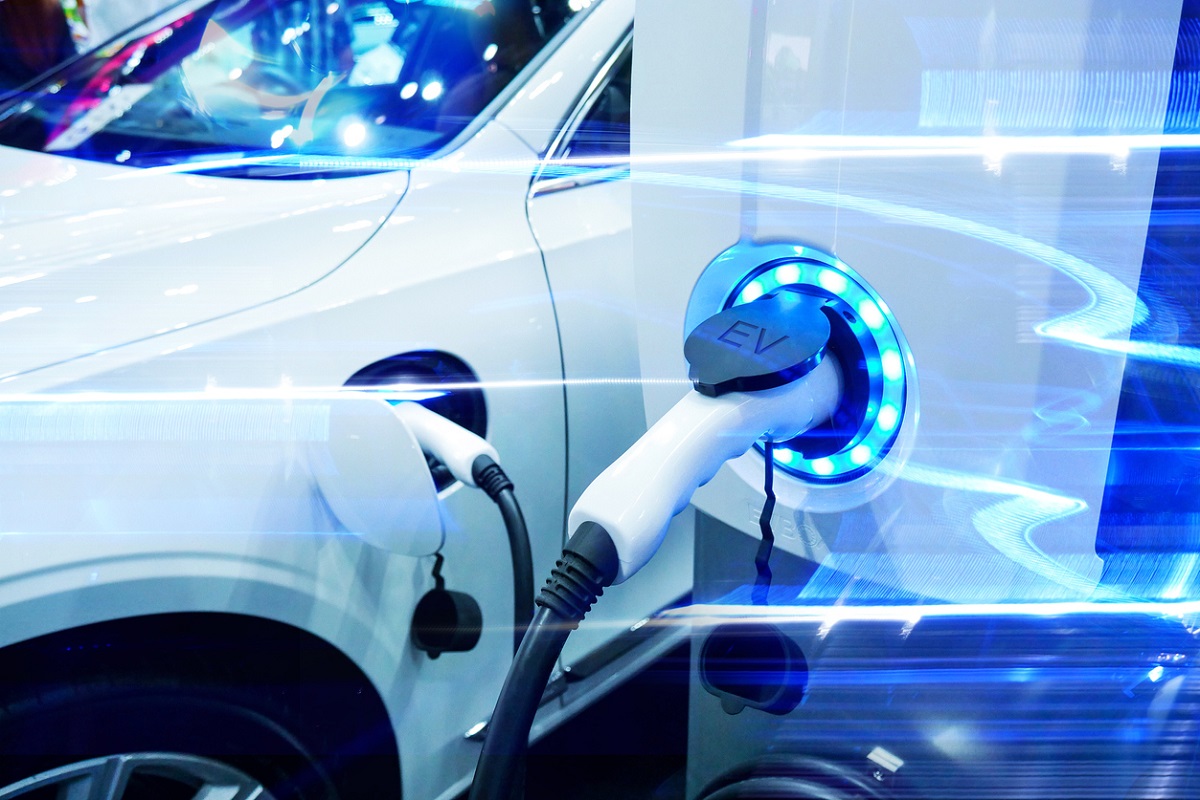As we navigate the complex landscape of climate change and the urgent need to reduce our reliance on fossil fuels, there emerges a beacon of hope on the horizon ~ the surge in electric vehicle (EV) adoption. The recent buzz around COP28 in Dubai underscores a global concern on the slow pace of curbing fossil fuel consumption. However, one cannot ignore the promising strides being made by the growing fleet of electric vehicles worldwide, even if the electricity used to power many of them comes from dirty sources.
Transportation, responsible for a staggering 60 per cent of global oil demand, is undergoing a transformation, and EVs are at the forefront of this revolution. Projections from the Paris-based International Energy Agency (IEA) indicate that the world may witness a significant decline in oil consumption by the end of this decade, a date brought closer by the accelerating shift to electrification. EV sales, buoyed by public subsidies and advancing technology, are reshaping the narrative around the once eye-watering prices of battery-powered cars. A key player in this transition is China, where EVs claim a robust 25 per cent market share. The average cost of an electric vehicle in China, a mere 31,165 euros (Rs 28 lakh), is a testament to the impact of massive government subsidies and the accessibility of essential rare earths in EV production. China’s advantage extends to its impressive charging infrastructure, boasting a staggering 1.2 million public charging stations. This dynamic positioning places China at the forefront of global EV growth.
In contrast, the United States faces challenges in achieving a similar pace of EV adoption. The average price for an EV in the USA is over $53,000 (Rs 44 lakh), approximately $5,000 more than their gasoline-powered counterparts. Additionally, the USA lags behind in providing the necessary charging infrastructure, with only 52,000 public charging stations. Despite these hurdles, the IEA anticipates EVs could constitute up to 50 per cent of new US car registrations by 2030, fuelled by improving technology and the allure of sidestepping volatile gas prices. However, achieving the lofty goals outlined in the Paris Agreement demands an even more significant share of EVs in the market.
The IEA suggests that EVs need to comprise around 70 per cent of the market by 2030 to align with these climate targets. The recent delay and cancellation of production plans by major EV manufacturers in the USA due to rising labour costs and interest rates cast shadows on this ambitious goal. Yet, the outlook is not without optimism. Falling costs of EV batteries offer a glimmer of hope for a more sustainable and affordable future.
Despite shortterm setbacks, the long-term trajectory of EV adoption appears promising. As we stand at this crossroads, it is clear that the transition to electric vehicles is more than a trend. It is a fundamental shift in approach to transportation and environmental sustainability. The policy support, technological advancements, and shifting consumer preferences are converging to accelerate the decline of oil’s dominance.












